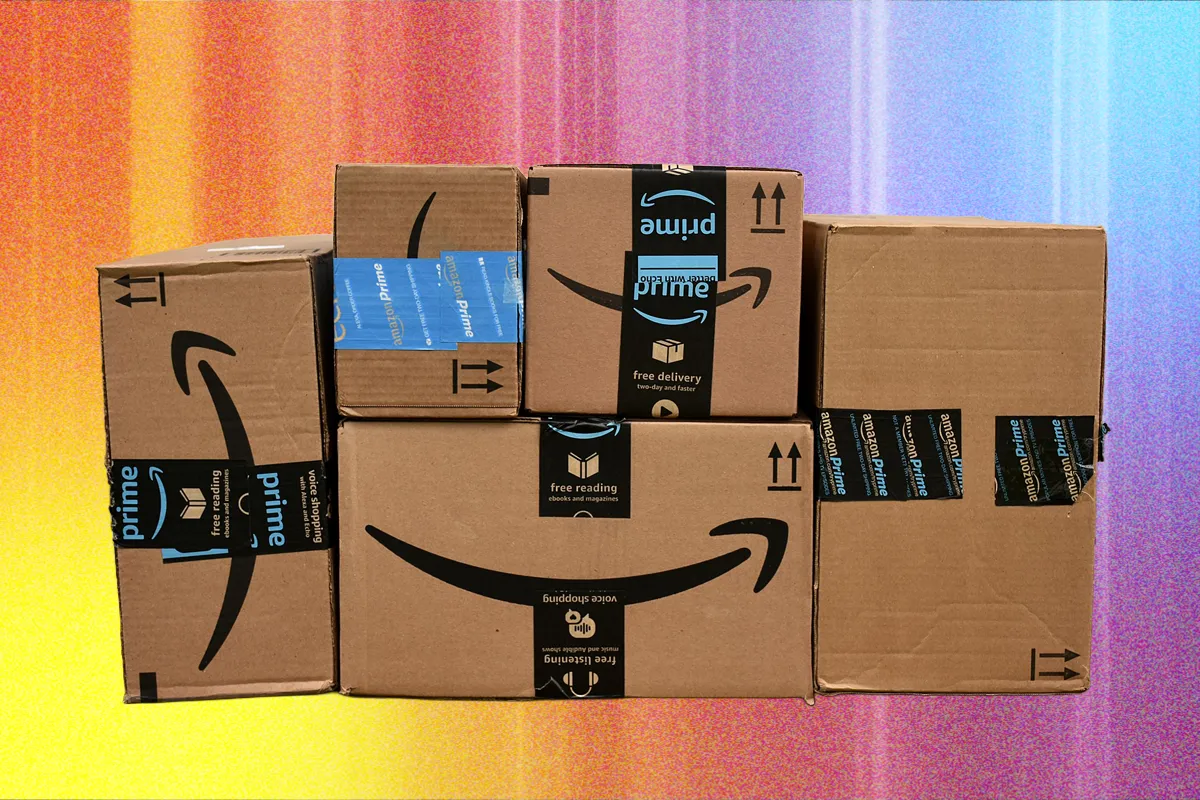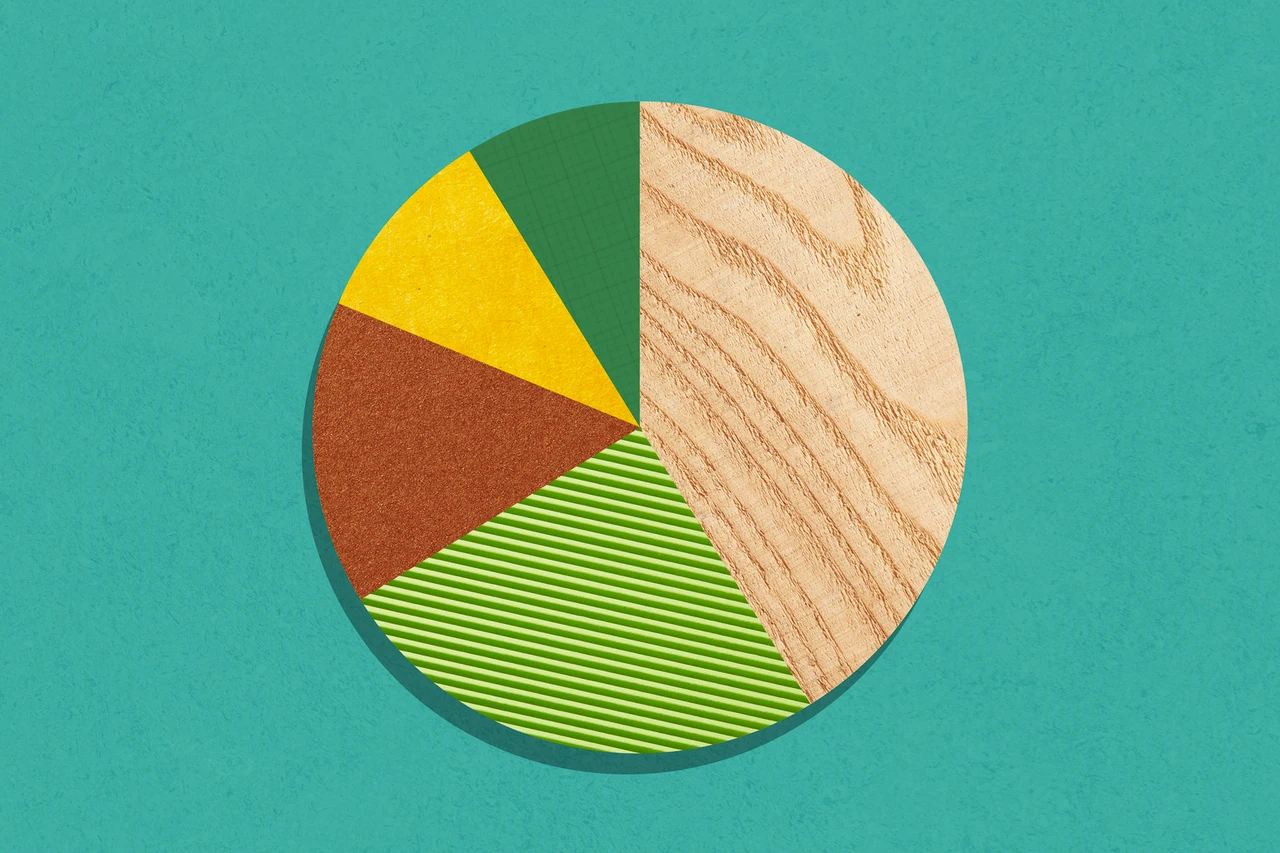As the countdown begins for Amazon’s annual Prime Day event, shoppers around the world are already seeing major price drops across tech gadgets, household appliances, and lifestyle products. With discounts reaching up to 58%, the 2025 edition of Prime Day — often dubbed “Prime Big Deal Days” — is poised to become one of the largest online retail events in the company’s history.
This year’s sale doesn’t just aim to reward loyal Amazon Prime members; it also reflects how the e-commerce giant continues to shape global shopping behavior, pushing consumers to spend earlier and more strategically ahead of the holiday season.
Early Start, Bigger Discounts
Amazon has once again expanded the sales window, launching early deals ahead of the official Prime Day period. The company’s pre-sale strategy is designed to spread out demand, ease delivery bottlenecks, and sustain consumer excitement for weeks rather than just days.
Industry analysts say that these “early Prime deals” are becoming a permanent feature of Amazon’s retail calendar. By offering significant discounts before the main event, Amazon keeps shoppers engaged and drives continuous membership renewals.
So far, early promotions have covered some of the year’s most popular product categories — including electronics, smart home devices, small kitchen appliances, and entertainment bundles. The company’s own product lines, such as Echo smart speakers, Fire TV devices, and Kindle e-readers, are already seeing their lowest prices in months.
Tech Giants Take Center Stage
Tech enthusiasts have the most to gain from this year’s Prime Day. Major brands such as Apple, Samsung, and Sony are rolling out record discounts on phones, tablets, and accessories. Apple’s AirPods and iPads, Samsung’s Galaxy smartphones, and Sony’s PlayStation consoles are among the most-watched products for shoppers hoping to score rare bargains.
Smartwatches, fitness trackers, and wireless earbuds are also expected to headline the electronics segment. With competition heating up between Amazon, Best Buy, and Walmart, many third-party sellers are offering flash sales that rival Amazon’s own markdowns.
Meanwhile, AI-enabled gadgets — such as smart assistants, robot vacuums, and voice-controlled lighting systems — are gaining traction among consumers eager to integrate new technology into their homes.
Lifestyle and Home Deals: The Heart of the Sale
Beyond tech, lifestyle and home improvement categories are also seeing major cuts. Dyson and Shark vacuum cleaners are being marked down significantly, with discounts on newer models that typically remain at premium prices.
In the kitchen segment, popular cookware brands such as Le Creuset, Instant Pot, and Ninja are drawing heavy attention. For families, brands like Lego are offering up to 50% off select sets, turning the sale into a perfect pre-holiday opportunity for parents.
Pet care products, beauty devices, and fashion accessories are also trending this year, thanks to growing consumer demand for convenience and self-care items.
Consumer Strategy: How to Shop Smarter
For shoppers looking to maximize savings, experts recommend a few key strategies:
- Set Price Alerts: Use Amazon’s “watch list” feature or third-party price trackers to monitor changes in real time.
- Check Price History: A product showing a 50% discount might not always be the best deal — verify historical pricing to ensure genuine savings.
- Prioritize Must-Haves: Focus on essentials or planned purchases rather than impulse buys. The flash deals can be tempting, but they often disappear within hours.
- Compare Competitors: Major retailers like Walmart and Target typically launch overlapping “anti-Prime” sales with similar or even better offers.
- Act Fast: Lightning Deals often have limited stock, and popular items can sell out within minutes.
By combining these strategies, consumers can make informed decisions and avoid buyer’s remorse once the post-sale rush ends.
Economic Impact and Retail Competition
Prime Day’s influence extends far beyond Amazon’s platform. The event has effectively reshaped global retail dynamics, prompting competitors to launch their own sales at the same time. This ripple effect has boosted overall consumer spending while forcing brands to rethink their digital marketing and logistics strategies.
Retail experts note that Prime Day has become a “testing ground” for AI-driven shopping algorithms, real-time personalization, and predictive inventory management. For Amazon, it’s not just about immediate sales — it’s about gathering insights into what customers want, how they search, and how they respond to dynamic pricing.
The economic stakes are high: analysts project Amazon could generate over $14 billion in sales globally during the 2025 Prime Day window, driven by both necessity spending and tech upgrades ahead of the holiday season.
What This Means for Consumers
As the line between seasonal sales continues to blur, Prime Day 2025 marks another evolution in e-commerce. It signals a shift from “big event shopping” toward continuous engagement — a world where deals are data-driven, personalized, and designed to capture attention across multiple touchpoints.
For consumers, this means greater opportunity but also more noise. With so many discounts and “limited-time offers,” discernment has become as valuable as speed. The best shoppers this year will be those who plan ahead, compare prices wisely, and take advantage of early access perks.
Final Thoughts
Amazon’s 2025 Prime Day is not just a shopping event — it’s a cultural moment that mirrors how digital retail continues to evolve. Whether you’re eyeing a discounted iPhone, upgrading your kitchen with a new air fryer, or finally investing in a robot vacuum, this year’s sale is packed with opportunities to save big.
The competition is fierce, the discounts are deep, and the digital shelves are filling fast. With preparation and timing, shoppers can turn Prime Day into their biggest savings event of the year.
















Leave a Reply